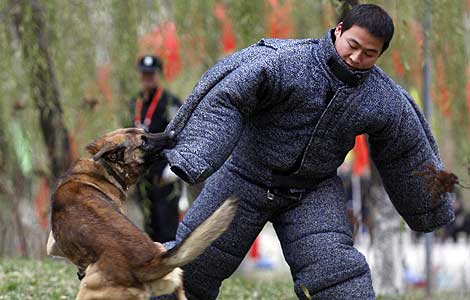HIV/AIDS cases soar on college campuses
Updated: 2011-11-30 17:22
(Xinhua)
|
|||||||||
BEIJING - Chinese experts say an increasing number of old people and college students in the country have become infected with HIV/AIDS through unsafe sexual intercourse in recent years.
Figures revealed Wednesday by the Chinese Center for Disease Control and Prevention (CDC) show that the number of HIV positive men in their 60s and above soared from 483 in 2005 to 3,031 in 2010, accounting for 8.9 percent of the total. In 2005, the group only took up 2.2 percent.
Chinese men 60 and above with AIDS also skyrocketed from 237 to 2,546, accounting for 11 percent of all AIDS cases, up 5.6 percentage points from 2005.
"As a result of improved living standards and health conditions, the sexually active period of old people, especially males, has been prolonged," said Wu Zunyou, director of the CDC HIV/AIDS prevention and control center. "With considerable sex drive even after retirement and the death of spouses or their lack of interest, some elderly have resorted to sex services."
"Many tended to choose secluded and low-end venues and didn't use condoms, which made them highly vulnerable to HIV infections," Wu added.
Also, a total of 1,252 HIV/AIDS-infected students were discovered as having the virus between January and October, accounting for 21 percent of all student cases. Infection has been especially obvious in the past two years among male college students aged between 20 to 24, according to the CDC.
"The distribution of HIV/AIDS cases in our country is now wider and more scattered than ever, posing great difficulties for prevention and control efforts," Wu warned, noting that more cases were being discovered unexpectedly during hospital checks.
China currently has 346,000 registered HIV carriers and AIDS patients, although the actual number is predicted to hit 780,000 by the end of 2011, according to previous reports.
According to Wu, the country has set the goal to reduce HIV/AIDS infection rate by 25 percent by 2015 compared with that in 2010, with fatality rate down 30 percent.
"This will be an extremely tough battle," Wu said.











